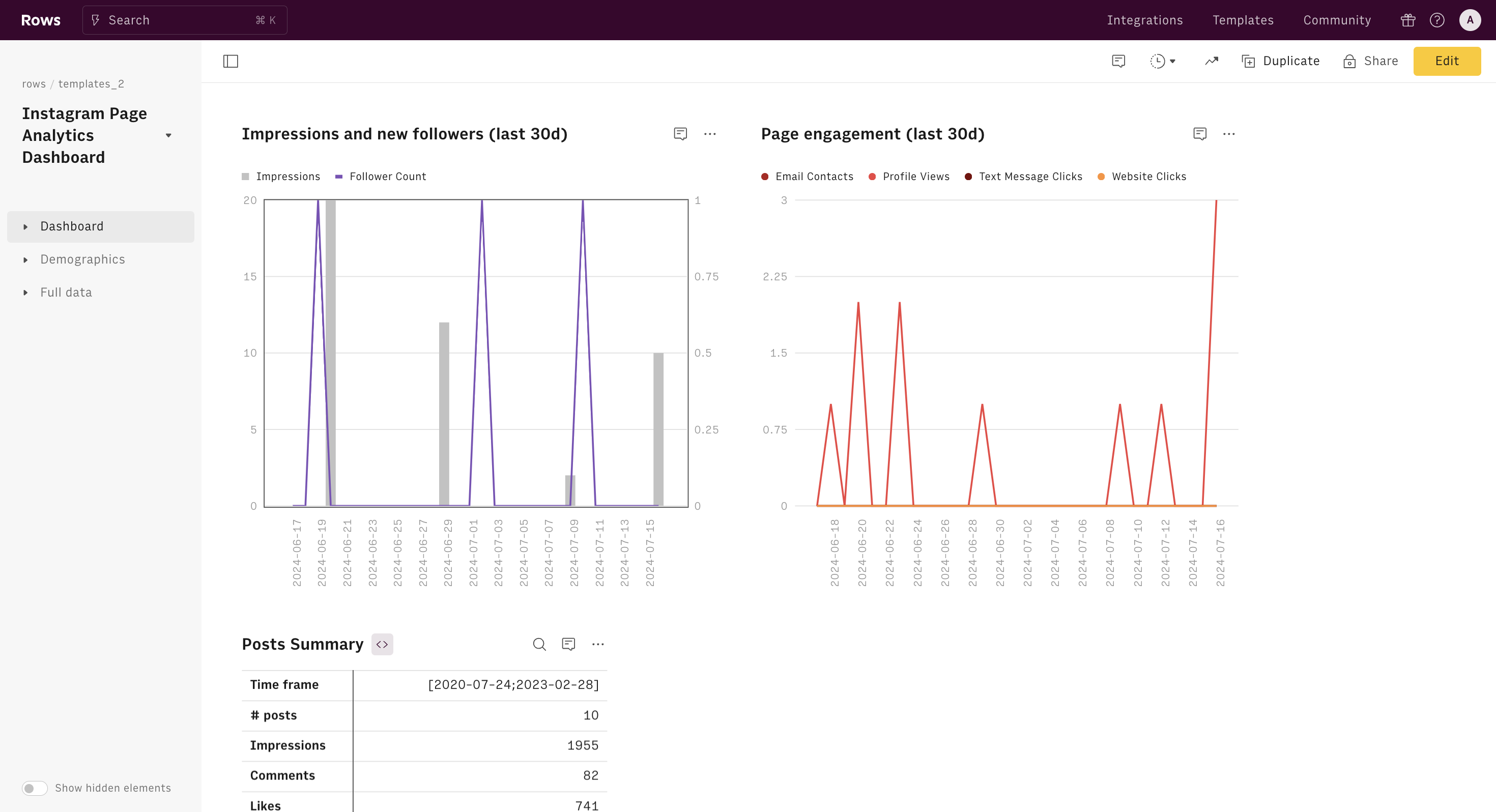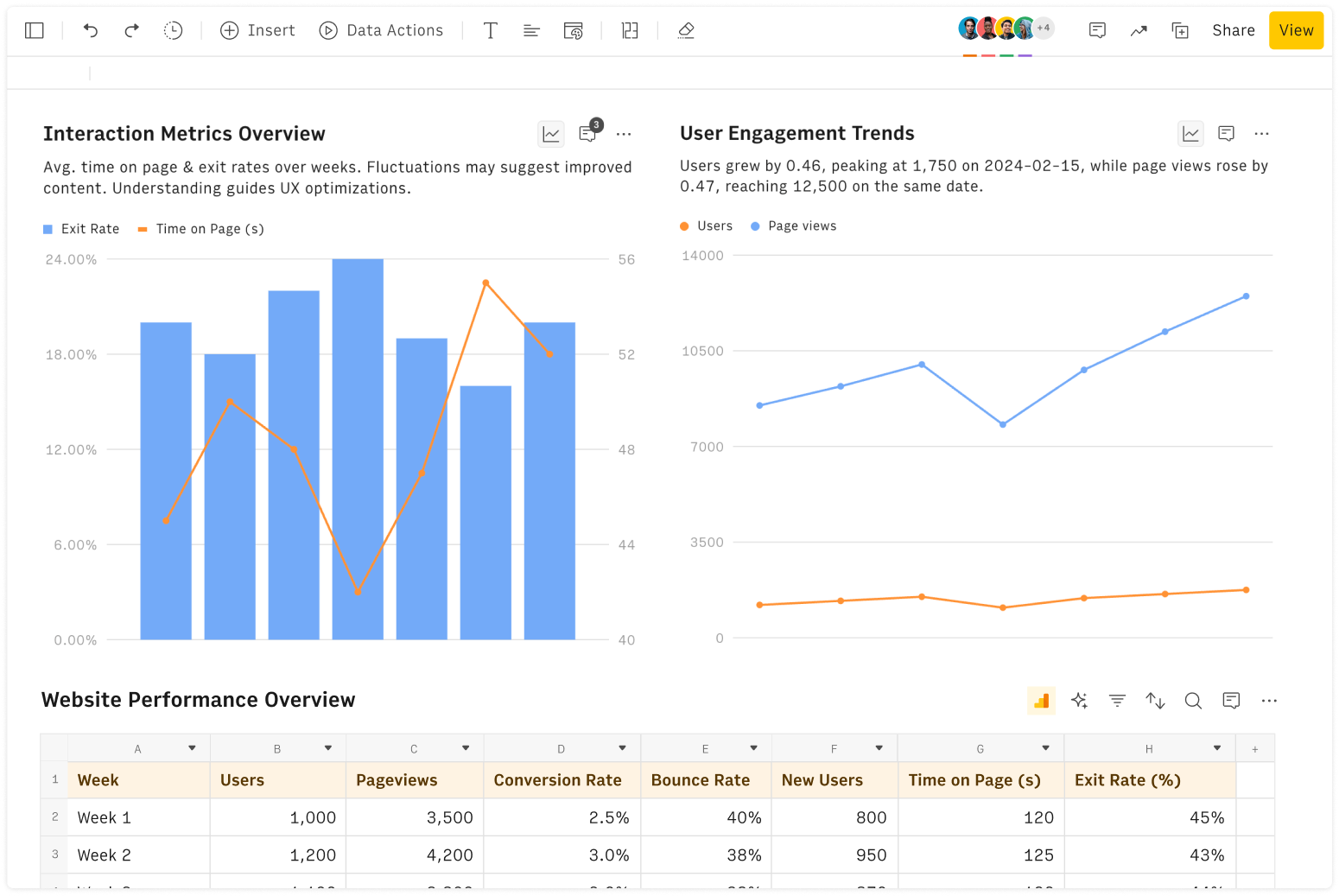The Break-even calculator helps you calculate the number of products you have to sell to cover all your business costs - fixed and variable - thus resulting in zero net profit.
Required input:
Variable costs per unit, that is all costs that change with the output produced (e.g. raw materials, energy, …)
Price per unit
Fixed costs, namely all costs that a business incurs and are independent on the output produced (e.g. machinery, plant)
The break-even quantity is calculated by dividing the total fixed costs by the gross profit per unit, as follows:
Gross Profit per unit = Price per unit - Variable costs per unitBreak-even Quantity = Total fixed costs / Gross profit per unit
The break-even revenue represents the amount of revenue that equals the total cost, and is obtained as follows:
Break-even revenues = Break-even Quantity * Price per unit
The calculator also displays the following KPIs:
Gross Margin = (Price per unit - Variable costs per unit) / Price per unitMark-up = (Price per unit - Variable costs per unit) / Variable costs per unit
Break-even analysis is crucial for any business because it provides it with a clear understanding of its financial viability and the potential risks associated with its operations. It helps businesses identify the point at which they can start making a profit, enabling them to set realistic goals and make strategic decisions to maximize profits and minimize losses.
Some examples of the usage of break-even analysis include:
Pricing decisions: Companies can use break-even analysis to determine the minimum price at which they should sell their products or services to cover their costs and make a profit. By knowing the break-even point, companies can decide whether to lower or raise prices, offer discounts or promotions, or adjust their production volume.
Expansion or investment decisions: When businesses are considering expanding their operations, they can use break-even analysis to determine whether the expansion will be financially viable. By calculating the break-even point for the new operation, they can determine the sales volume needed to cover the additional costs and make a profit.
Cost-cutting decisions: Companies can use break-even analysis to identify areas where they can reduce costs. By knowing the fixed and variable costs of their operations in each department, they can determine the break-even point and identify ways to reduce costs without negatively affecting their profit margins.
Product mix decisions: Companies can use break-even analysis to determine the most profitable product mix. By knowing the gross profit margin and fixed costs of each product, they can calculate the break-even point and decide which products to produce and sell to maximize their profits.







